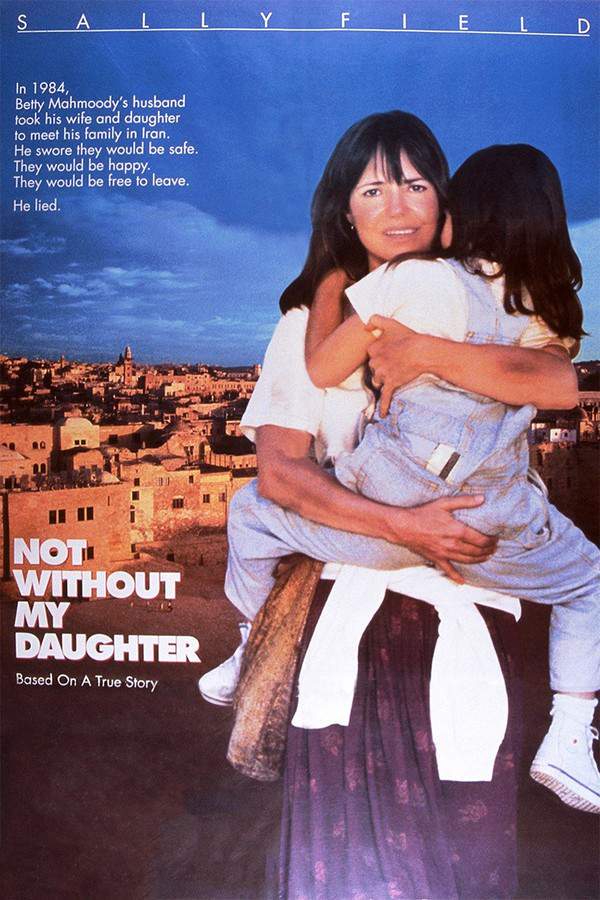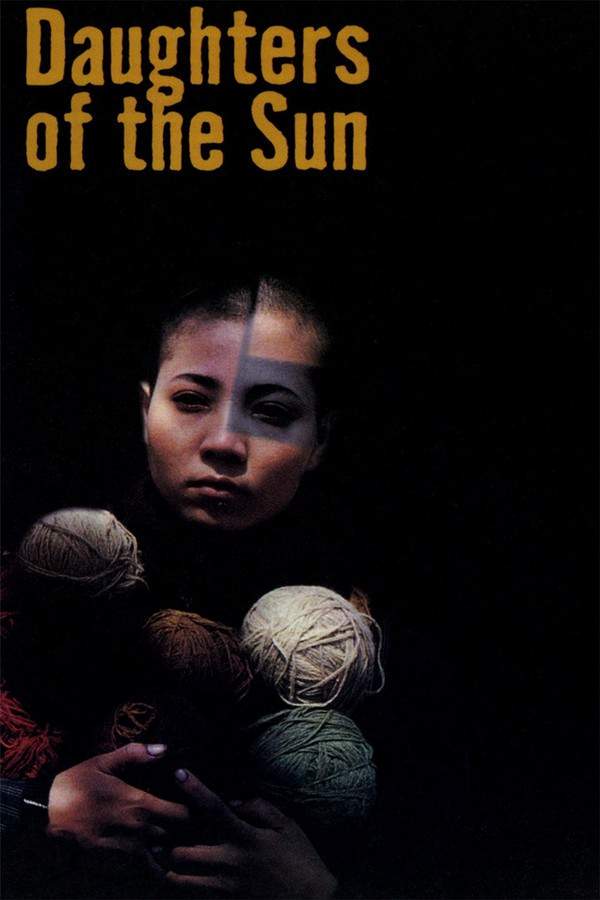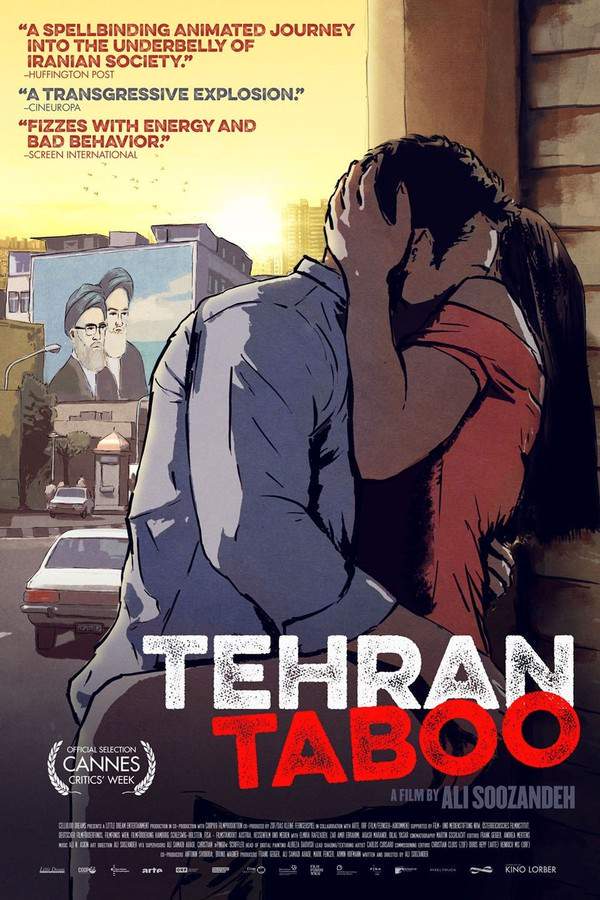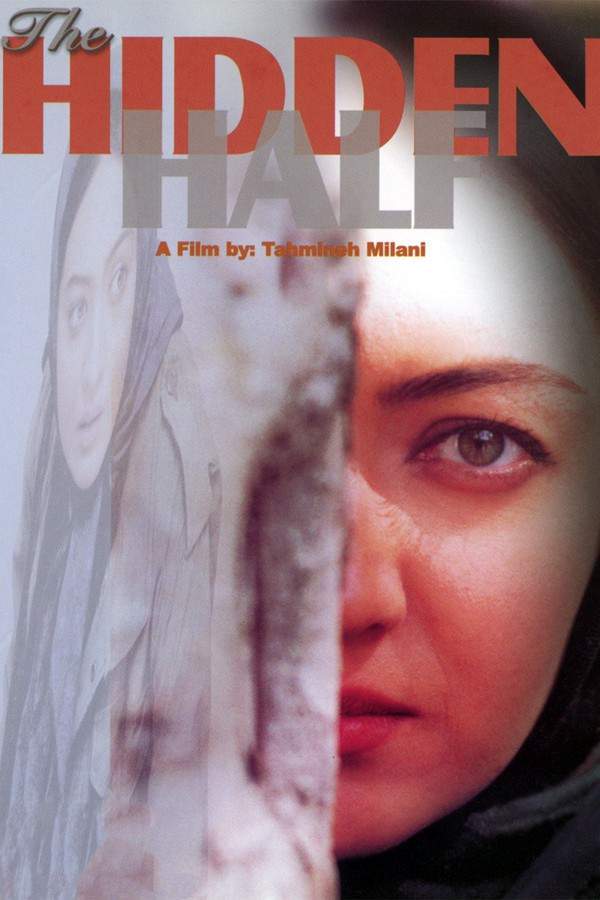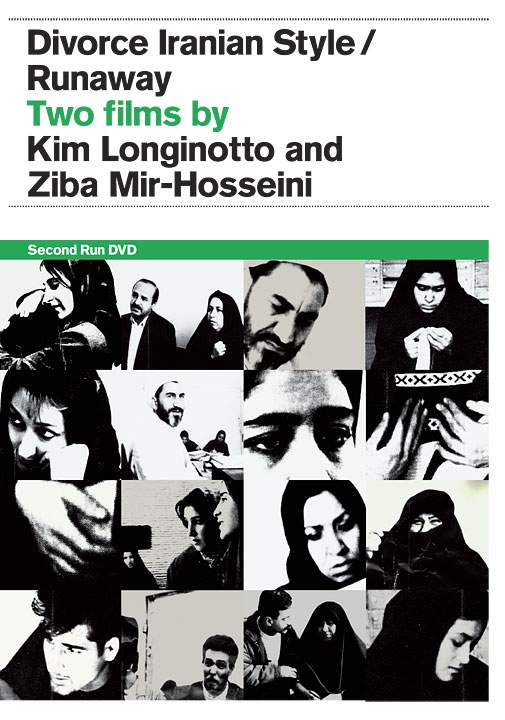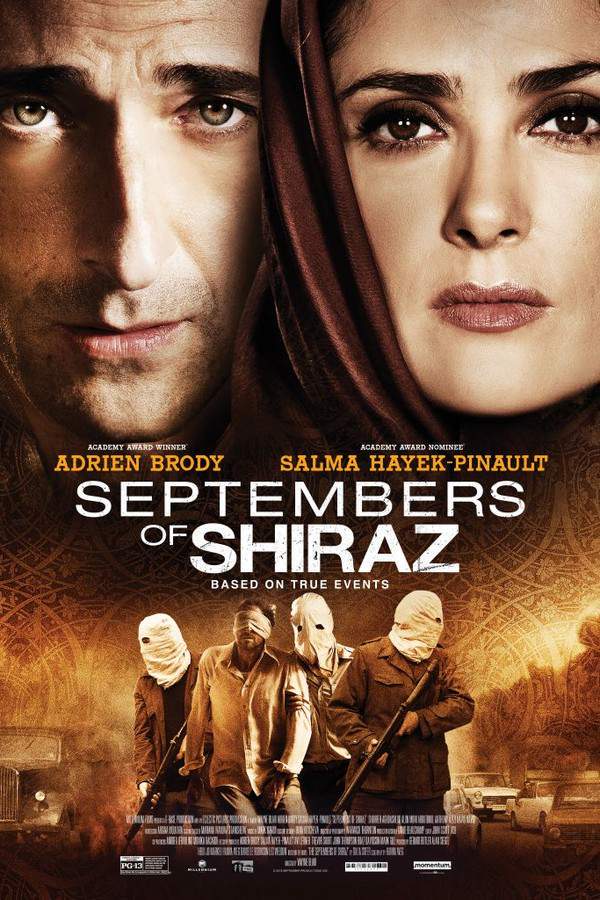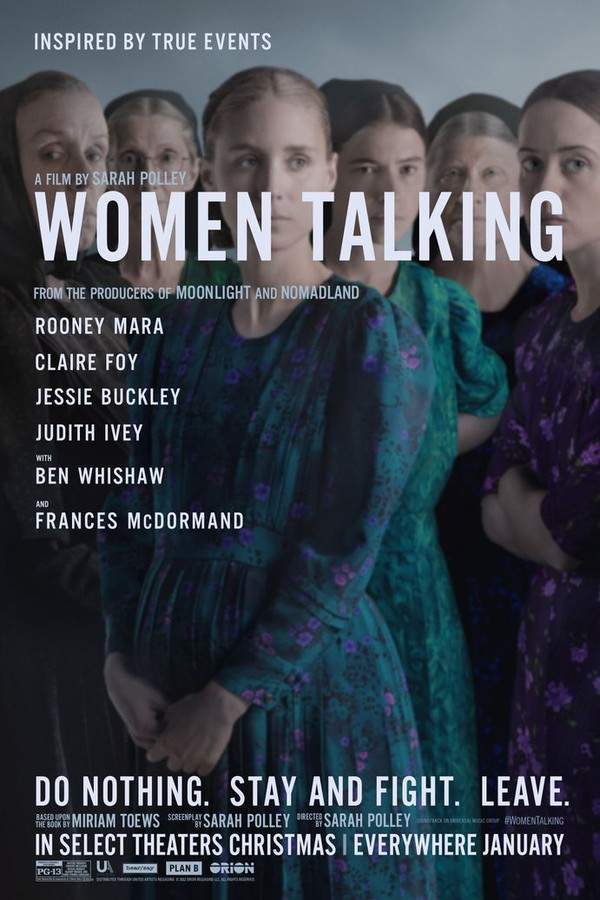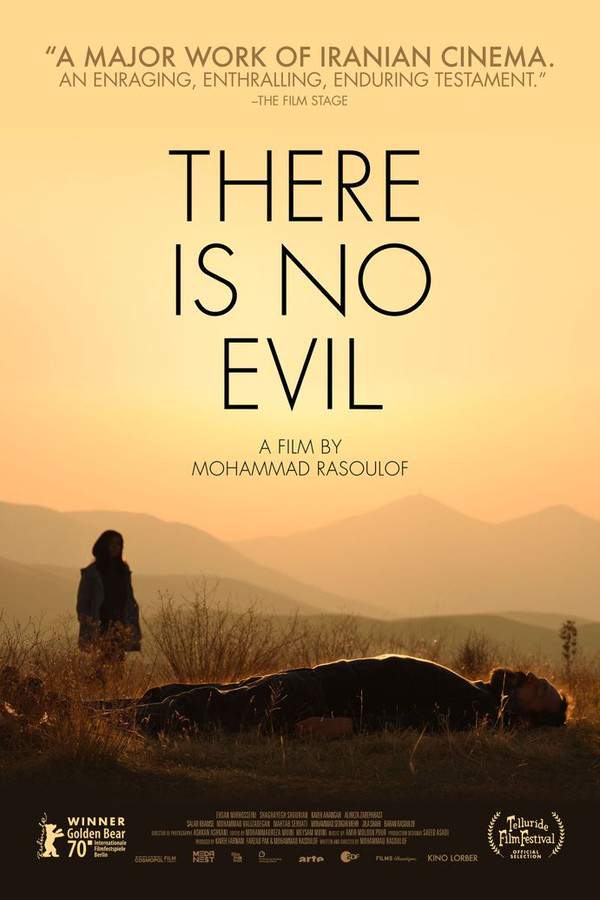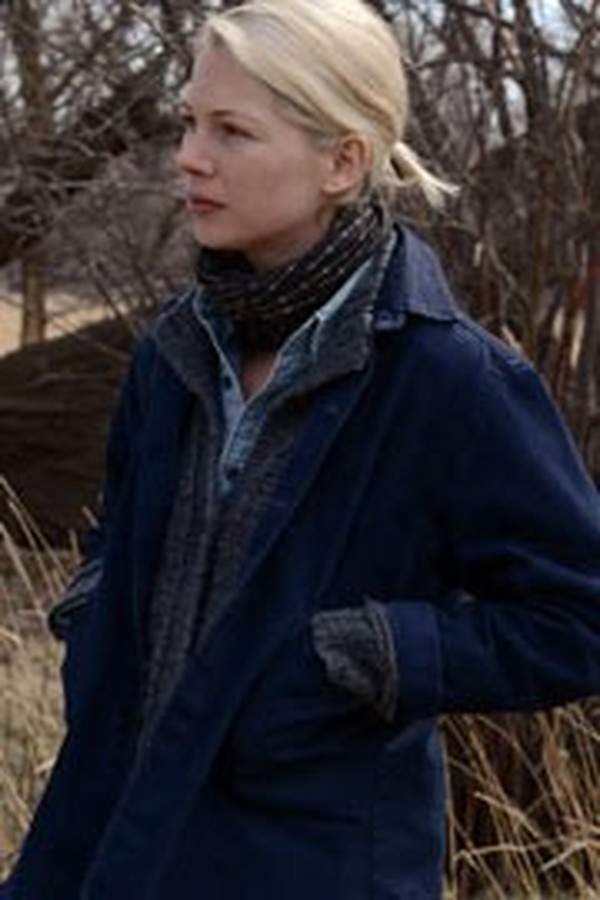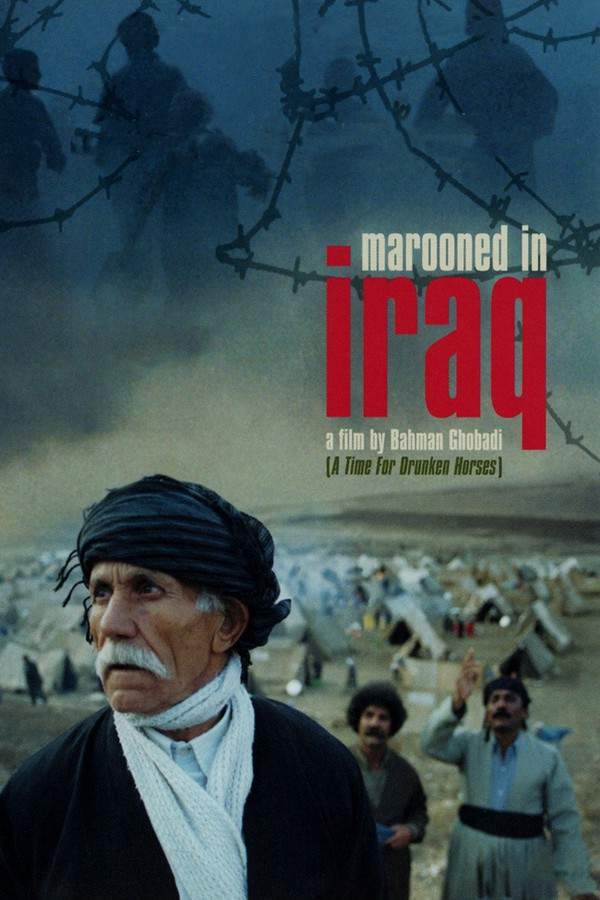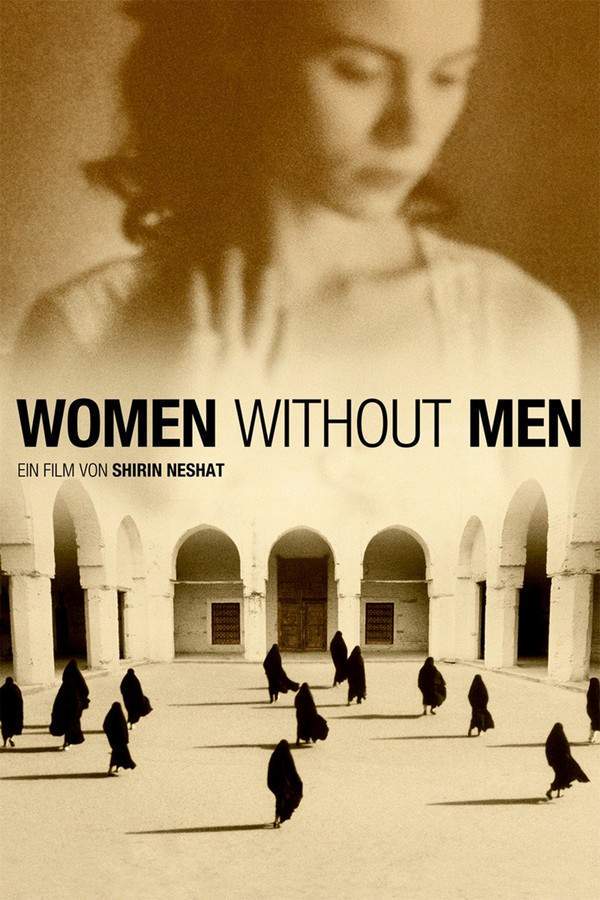
Women Without Men
Year: 2010
Runtime: 95 min
Language: Persian
Directors: Shirin Neshat, Shoja Azari
Following World War II, in Iran, the lives of four women become intertwined against the backdrop of a pivotal historical moment: the CIA-backed coup that overthrew the democratically elected government and restored the Shah’s power. This debut feature explores their experiences, portraying a poignant and evocative portrait of female resilience and the fading of hope during a time of political turmoil and profound societal change.
Warning: spoilers below!
Haven’t seen Women Without Men yet? This summary contains major spoilers. Bookmark the page, watch the movie, and come back for the full breakdown. If you're ready, scroll on and relive the story!
Women Without Men (2010) – Full Plot Summary & Ending Explained
Read the complete plot breakdown of Women Without Men (2010), including all key story events, major twists, and the ending explained in detail. Discover what really happened—and what it all means.
The film opens with the sound of Adhaan, instantly layering the story in a cadence of ritual and constraint. A woman stands on a rooftop, suspended between fear and resolve, and the audience is drawn into Munis’s world—a place where a sister’s demands and a brother’s control collide with a city-wide undercurrent of political unrest. Munis resists her tyrannical brother Amir Khan, who insists she prepare for a visiting suitor and cook for him, and when she refuses, his anger escalates into a threat: if she leaves the house, he will break her legs. The tension between needles of obedience and the urge to be free threads through every scene, coloring domestic life with a sense of danger and defiance.
Outside, the street fills with protests, voices chanting “Durood bar Mosaddegh, marg bar Englis” as the country wrestles with colonial legacies and a shaken authority. A second woman, Faezeh, joins Munis in the garden and they trade sharp observations about the demonstrators. Faezeh privately wonders about her own future—whether the man she longs for might be the brother’s eventual fiancé—hinting at the pressures that tether women to rigid roles even as the world outside shakes with political change. The dialogue is brisk, intimate, and political, hinting at the fractures that will widen as the story unfolds.
In a stark counterpoint, a prostitute named Zarin moves through the dim rooms of a brothel. She masks her fear with makeup, only to retreat when a brothel madam calls for another client. A surreal moment reveals a client who seems “faceless” in Zarin’s perception, amplifying the sense of vulnerability hiding behind the doorways of Tehran’s margins. The scene is brief but searing, portraying a life of exploitation and invisibility that will collide with the other women’s struggles in the film’s broader weave.
Meanwhile, Fakhri, a wealthy fifty-year-old wife, arrives at a military ceremony where her husband Sadr—a general—receives honors. Their marriage is tested by a rumor of an old flame, Abbas, who has returned to Tehran and is seen speaking to Fakhri. Sadr’s insistence on fidelity—and his cruel assertion that if she cannot satisfy him sexually, he will take another wife—exposes a marriage strained by aging, desire, and power. Crying, Fakhri admits she is exhausted by the dynamic and withdraws, a moment that foreshadows her later choices.
Back in Munis’s home, Faezeh and Amir Khan confront Munis’s future again, arguing about the potential bride that may not be a virgin and about the brother’s plans. The emotional weather inside the house grows more volatile as the garden becomes a stage for whispered judgments, moral questions, and the ever-present shadow of male authority.
Zarin returns to the bathhouse, where a dallak offers help as she disrobes and reveals a gaunt, exhausted body. The act of washing herself becomes a brutal, physical ritual—one that leaves her skin raw and bleeding as she scrubs to feel clean in a world that forgets how to treat her as a person.
In a devastating turn, Faezeh and Amir Khan locate Munis, who is now presumed dead, apparently having jumped from the roof after Amir cuts off her only link to the outside world—the radio. When they find her body, Amir curses her for “disgracing” the family and Buries her in the garden, a stark image of violence that merges personal domination with fatal consequences.
A flock of women dressed in black chadors pass through the town as Zarin, wrapped in a white chador, walks with a sense of rebellion. She pauses before a group of men who are praying, standing in bold defiance until they rise and she slips away into the night. She walks toward a river at daybreak, discarding her chador and stepping into the water, an act of relinquishing anonymity and, perhaps, a retreat from a life lived in the margins.
Fakhri, the military wife, finds herself drawn to a retreat—a villa that feels both luxurious and decayed, filled with dust and cobwebs. There she encounters Zarin again, and a rescue attempt brings the two women into a shared space of vulnerability and resilience. The villa’s quiet beauty is juxtaposed with a stark sense of abandonment, a vivid symbol of a life awaiting renewal even as it remains checkered by danger.
Faezeh seeks aid from a woman with “divine powers,” hoping to tilt the odds in Amir Khan’s favor. In a magical-realist turn, Faezeh hears Munis’s voice from the ground and is pulled to dig out the sister she believes is dead. Munis steps into the garden and finally sinks into the water, the lines between life, memory, and ritual blurring into a dreamlike current.
A cafe encounter marks Munis’s next transformation as she ventures into an underground life with a communist group. She becomes enthralled with a young man who is leading a crowd in chants of freedom, and she receives a pamphlet with hope for change. The crowd’s slogans envelop her as she steps into a second life—no longer merely a daughter constrained by family rules but a participant in a larger political movement intended to reshape society.
The film shifts into dreamlike sequences in which Faezeh prays and is drawn into a field of red flowers through a series of surreal images. In this moment, a dark dreamscape where Munis’s voice calls to Faezeh surfaces, and the younger woman awakens to find herself in a vulnerable, exposed state, closer to the truth of her own desires and fears. The scene tempers religious devotion with questions of agency, desire, and danger.
In a party scene that braids culture, poetry, and politics, a Tudeh meeting discusses the British move to declare Mosaddegh’s government illegal and to stage a coup. Flyers are distributed, and the city’s protests intensify as the threat of a coup looms, reminding the characters that personal lives are inseparable from national upheaval.
Fakhri’s home becomes a crucible of conflict and complicity. Faezeh and Zarin recover, and Fakhri proposes opening the garden doors to a party, a symbolic gesture of hospitality that doubles as a display of social power. The party’s arrival—a mix of poets, musicians, and curious guests—feels festive until the state’s shadow arrives in the form of police.
A separate Tudeh marriage gathering unfolds, a space that doubles as a covert publishing room. Munis moves through back rooms where political debate breathes and where torture’s threat lingers as police raid the events on multiple fronts. A young Tudeh operative is brutalized, his fate uncertain, and a scuffle erupts among comrades and soldiers.
Back at the garden party, a sense of longing and tension grows. A soldier’s praise for his country competes with the party’s glimmer of rebellion as Fakhri’s former flame asks her to sing. Faezeh sits with Zarin, who sweats under the heat of both fever and fear. The police raid the premises, cutting through the festivities with the blunt certainty of state power. The Tudeh publishing room and wedding party are also raided, and a captured comrade returns battered and broken. Munis’s close friend kills a soldier in a fit of rage, and Munis’s face contorts with grief and guilt as she mourns the loss of life.
In the garden, Faezeh weeps as she discovers Zarin has died. Fakhri, quietly devastated, kneels beside Zarin’s lifeless form, touching her forehead with a tenderness that betrays her own longing for a gentler fate. Munis narrates a final reflection: “Death is not difficult. It is imagining it that is difficult. It seems that what we were all looking for, was finding a new shape, a new way towards freedom.” The camera lingers as Munis descends from the rooftop in slow motion, a symbolic fall that signals the end of a period of brave, dangerous experimentation. The garden party, once a beacon of possibility, becomes a last hurrah for a kind of social and political freedom that has now passed, leaving behind a sense of fragility, memory, and the costs of seeking change.
Long live Mosaddegh, Death to Britain
Long live freedom!
Not only to look, but to see. Not only to be, but to do.
Last Updated: November 22, 2025 at 15:57
Unlock the Full Story of Women Without Men
Don't stop at just watching — explore Women Without Men in full detail. From the complete plot summary and scene-by-scene timeline to character breakdowns, thematic analysis, and a deep dive into the ending — every page helps you truly understand what Women Without Men is all about. Plus, discover what's next after the movie.
Women Without Men Timeline
Track the full timeline of Women Without Men with every major event arranged chronologically. Perfect for decoding non-linear storytelling, flashbacks, or parallel narratives with a clear scene-by-scene breakdown.

Similar Movies to Women Without Men
Discover movies like Women Without Men that share similar genres, themes, and storytelling elements. Whether you’re drawn to the atmosphere, character arcs, or plot structure, these curated recommendations will help you explore more films you’ll love.
Explore More About Movie Women Without Men
Women Without Men (2010) Scene-by-Scene Movie Timeline
Women Without Men (2010) Movie Characters, Themes & Settings
Women Without Men (2010) Spoiler-Free Summary & Key Flow
Movies Like Women Without Men – Similar Titles You’ll Enjoy
Not Without My Daughter (1991) Plot Summary & Ending Explained
The Day I Became a Woman (2001) Film Overview & Timeline
Daughters of the Sun (2004) Complete Plot Breakdown
Tehran Taboo (2018) Complete Plot Breakdown
The Hidden Half (2001) Ending Explained & Film Insights
Divorce Iranian Style (1999) Movie Recap & Themes
Septembers of Shiraz (2016) Spoiler-Packed Plot Recap
Women Talking (2022) Spoiler-Packed Plot Recap
A Separation (2011) Full Movie Breakdown
Under the City's Skin (2003) Spoiler-Packed Plot Recap
3 Faces (2019) Complete Plot Breakdown
There Is No Evil (2021) Full Movie Breakdown
Certain Women (2016) Story Summary & Characters
Cafe Setareh (2007) Spoiler-Packed Plot Recap
Marooned in Iraq (2003) Plot Summary & Ending Explained



